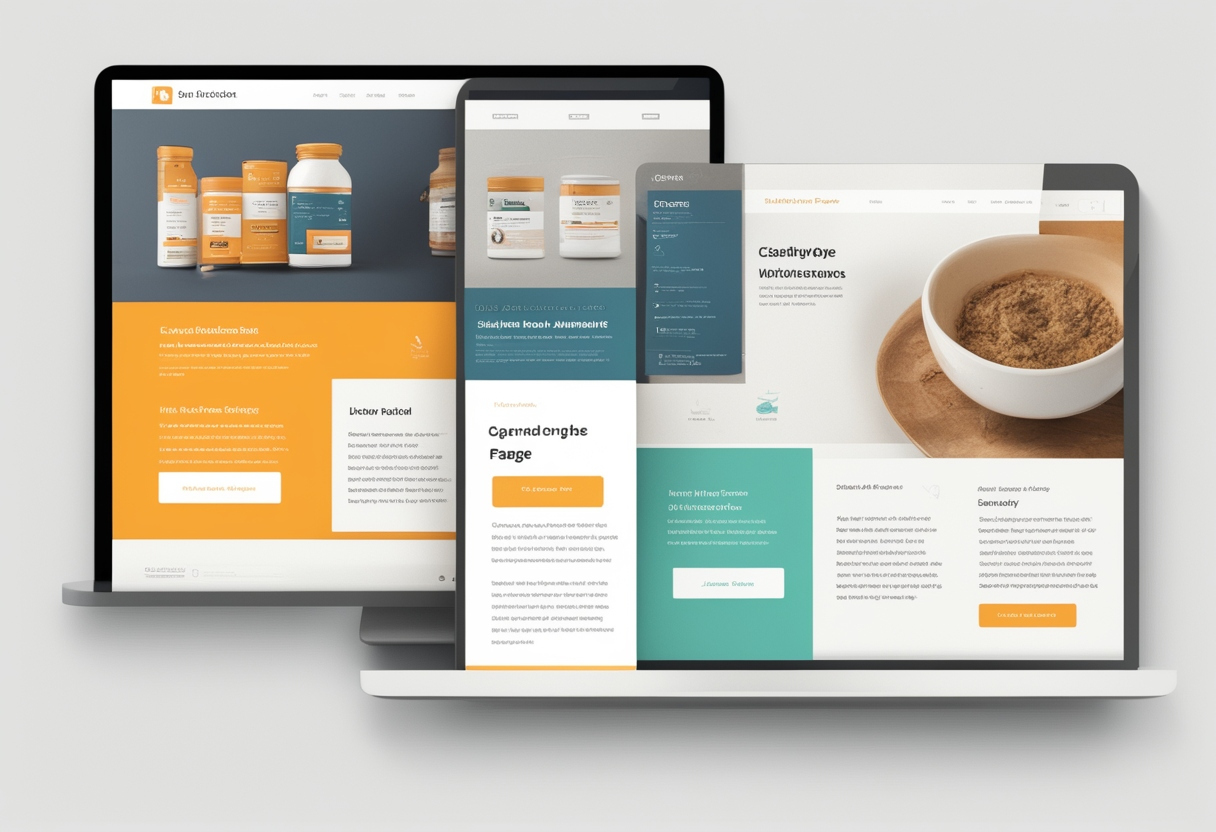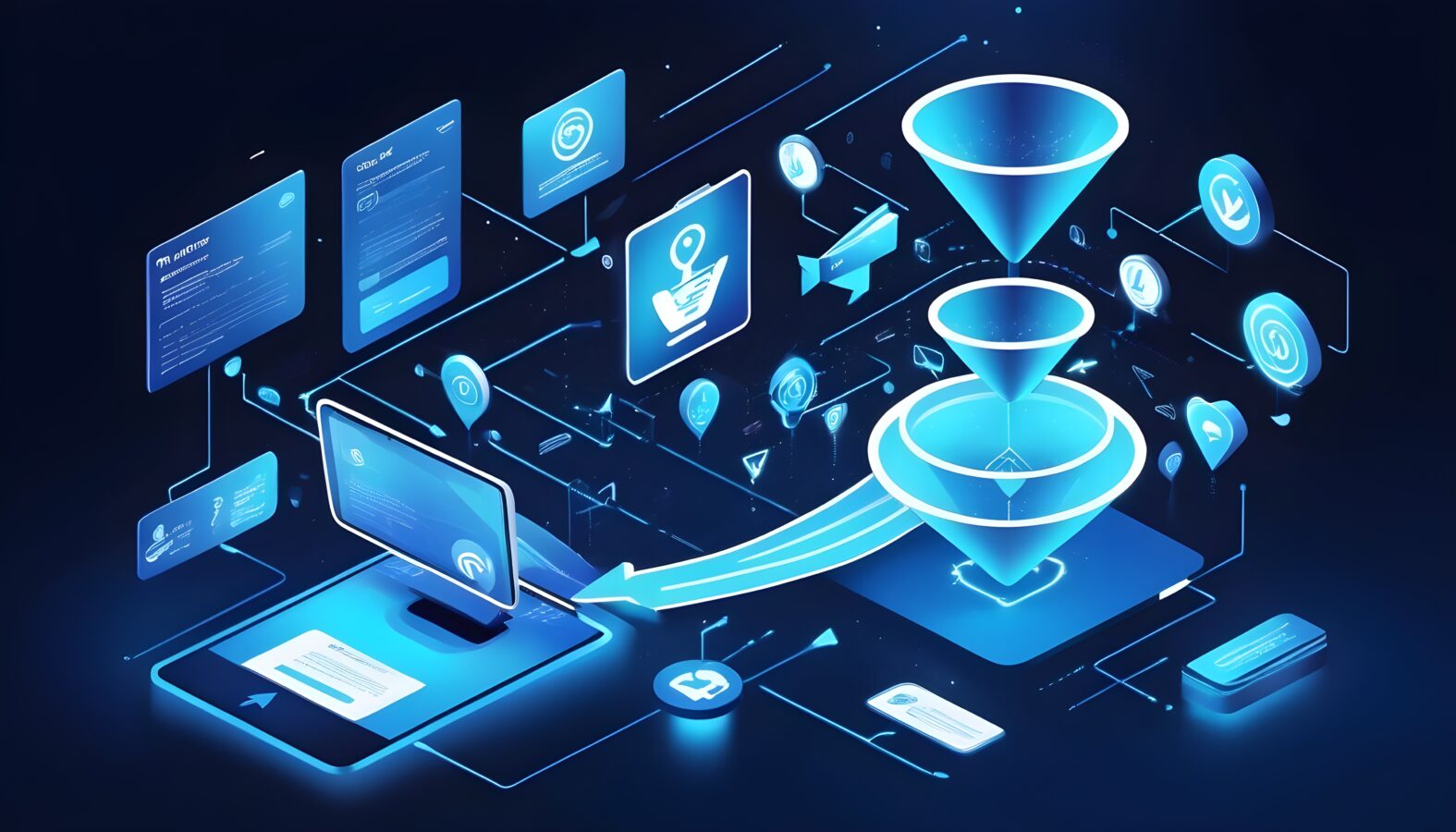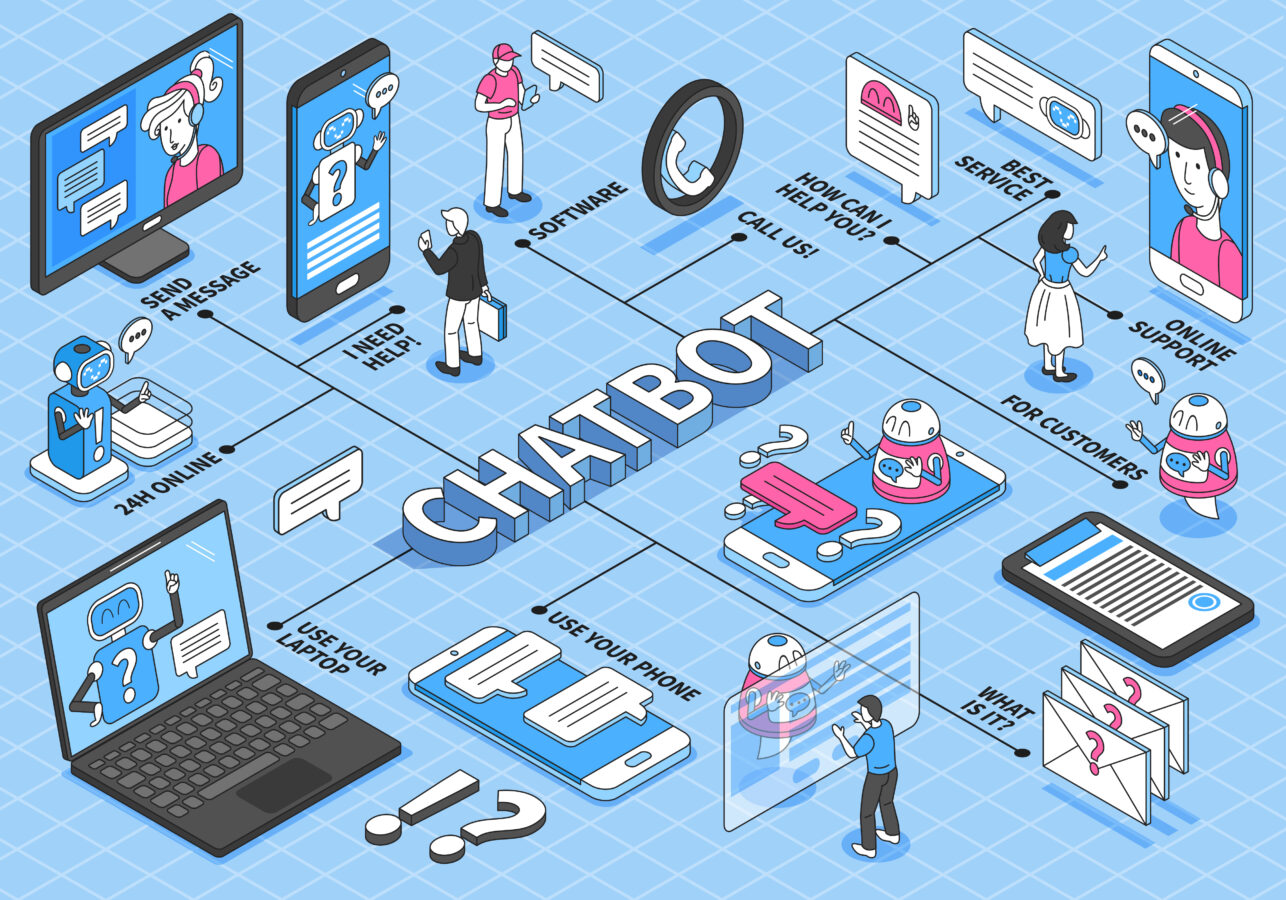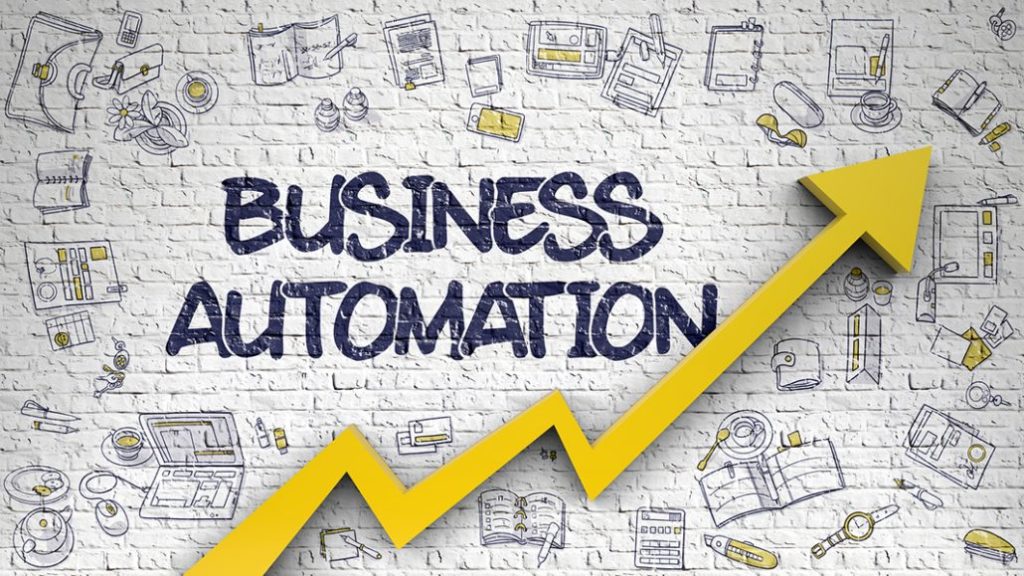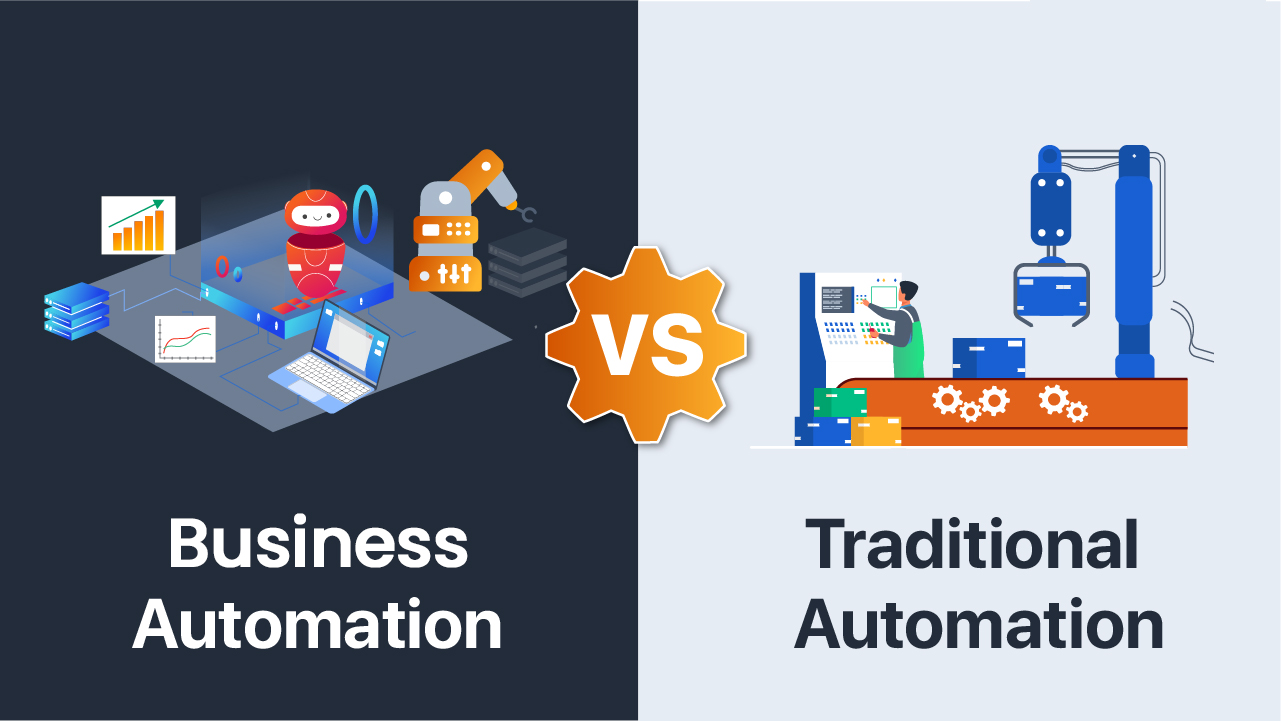How to Boost Sales with Integrated Marketing and CRM Automation
Jina
on
July 19, 2024
How to Boost Sales with Integrated Marketing and CRM Automation
- Jina
- July 19, 2024
- 11:04 pm


A Comprehensive Guide to Simplifying Your Marketing and Sales Process
In today's online world, companies always look for new ways to improve their sales methods and customer connections. One effective approach that's changing how businesses work involves joining marketing automation with Customer Relationship Management (CRM) systems. This thorough guide will look at how this combination can increase sales and make business operations run more.
Understanding Customer Relationship Management (CRM) and Marketing Automation
Let's explain what these systems do before we talk about why combining them helps:
- Customer Relationship Management (CRM): A CRM system forms the core of your sales process. It handles a company's talks with current and potential customers and keeps important info about customer actions, likes, and what they've bought.
- Marketing Automation: This tech works as your non-stop digital marketer taking care of jobs like email campaigns, social media posts, finding new leads, and grouping customers.
The Power of Integrated Marketing Systems
When you combine CRM and marketing automation, you create a unified system that provides a 360-degree view of your customers. This integration allows seamless data flow between your marketing and sales teams, ensuring every lead runs smoothly.
One powerful solution that offers seamless integration is Keap. Keap stands out as a comprehensive platform that combines both CRM and marketing automation functionalities in a single system.
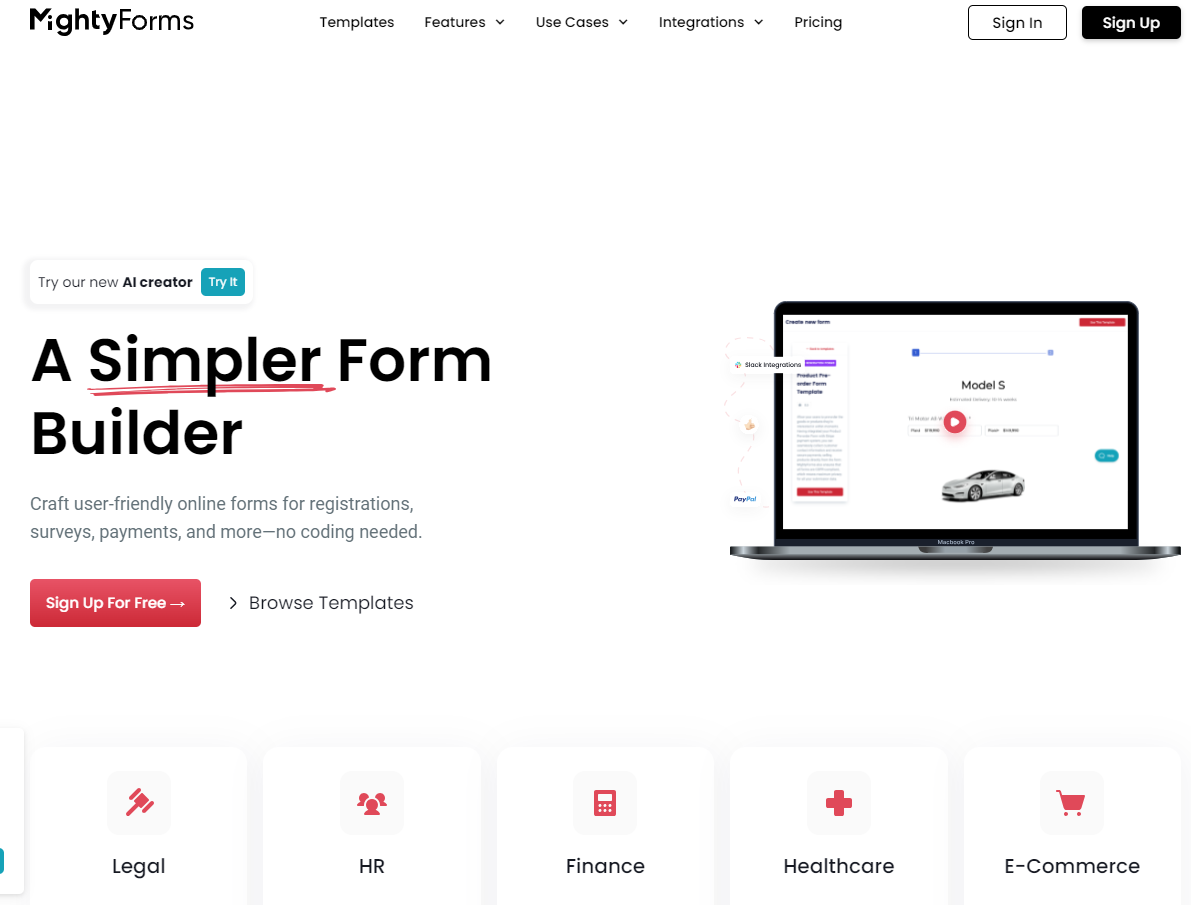


How Keap Combines CRM and Marketing Automation to Boost Sales
Keap offers a comprehensive solution that seamlessly integrates Customer Relationship Management (CRM) and marketing automation functionalities within a single platform. This integration addresses the common challenge businesses face when trying to synchronize separate CRM and marketing automation systems.


As a CRM, Keap provides robust tools for managing customer relationships, including contact organization, interaction tracking, and sales pipeline management. Concurrently, it incorporates advanced marketing automation capabilities such as email campaign management, lead capture mechanisms, and automated follow-up sequences.
The synergy between CRM and marketing automation in Keap enables businesses to streamline their entire customer journey management process. From initial prospect engagement to post-sale relationship nurturing, all stages are handled within one cohesive system. This integration ensures that sales and marketing departments operate with consistent, up-to-date information, facilitating more targeted lead nurturing, personalized communication strategies, and ultimately, enhanced conversion rates.
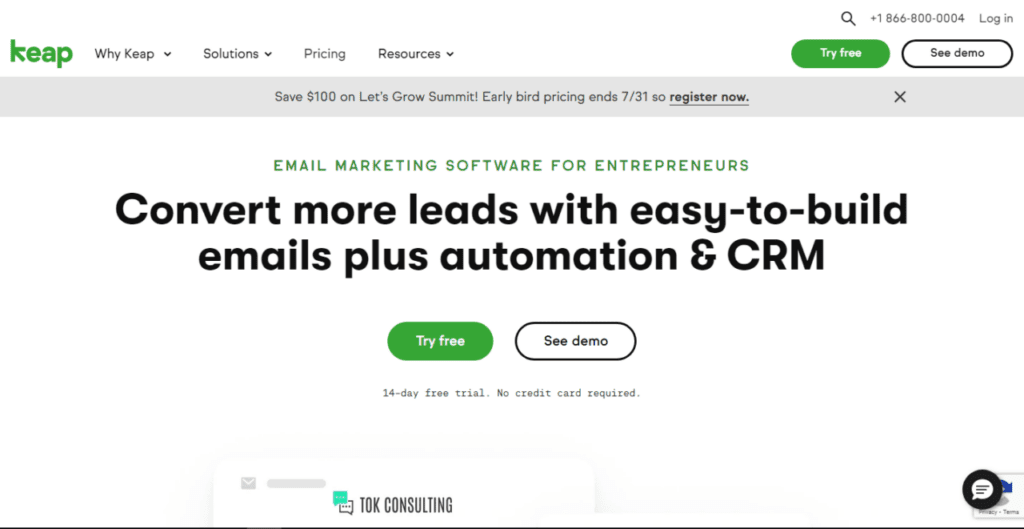


By consolidating these crucial functions, Keap empowers businesses to create more efficient workflows, reduce data silos, and make more informed decisions based on comprehensive customer insights.
Key Benefits of Integrated Marketing and CRM Automation
- Improved Lead Nurturing: Send out new cutting-edge emails and text messages that are based on a person's expressed interests, interactions, and web behaviors, analyzing the buyer's journey to know when to reach out with targeted promotions.
- Enhanced Customer Profiling: Combine data from multiple sources to create comprehensive customer profiles. This integration allows you to track customer interactions across various touchpoints, even when cookies are cleared or devices are changed. The result is a more accurate understanding of your customers' preferences and behaviors, enabling you to deliver more personalized and relevant marketing messages.
- Streamlined Sales Process: Equip your sales team with comprehensive customer insights. By integrating marketing data with your CRM, salespeople can access detailed information about each prospect's interactions with your company, including their response to marketing campaigns and website behavior. This allows for a more personalized and effective sales approach.
- More Accurate Reporting and Analytics: Monitor the entire process, which starts from your customer getting to know about your products to when he/she buys and even after, hence get new marketing plans that can get people to buy.
- Improved ROI Tracking: Making revenue can be ascribed to certain marketing campaigns or channels, making it possible to prepare a better marketing ROI.
- Better Alignment Between Sales and Marketing: Tear down walls between teams by giving data equality to both of them.
- Automated Lead Handoff: Assign the leads from marketing to sales immediately, this leads to a quick follow-up on sales-ready leads.
- Improved Customer Retention: Detects upsell and cross-sell opportunities. Initiate the automated customer retention campaigns based on the buying history and behavior.
The Impact of Integrated CRM and Marketing Automation: By the Numbers
- Companies using marketing automation to nurture prospects experience a 451% increase in qualified leads. (Source: ANNUITAS)
- Businesses that use marketing automation experience an average of 53% higher conversion rate from initial response to MQL than non-users. (Source: Aberdeen Group)
- 91% of users agree that marketing automation is "critical" to the overall success of their marketing across channels. (Source: Marketo)
Implementing Integrated Marketing and CRM Automation: A Step-by-Step Guide
- Assess Your Current Setup: Survey your current CRM and marketing tools to see if they support communication with other software platforms. Does their framework allow them to connect with other necessary systems?
- Choose the Right Tools: If the software you are using is not able to collaborate effectively, try to find the latest product that integrates CRM and marketing automation software, so it's all in one bundle. As a recognized Keap Certified Partner, we recommend checking out and leveraging Keap’s marketing automation tools to optimize and streamline your digital marketing efforts, ensuring maximum efficiency and effectiveness in your campaigns.
- Plan Your Integration: Chart out your target audience's ideal journey and recognize areas that would benefit a lot from automation technology.
- Data Migration and System Setup: Access all customer data and transfer it to the wanted system accurately.
- Train Your Team: Devote sufficient time to upskilling both your sales and marketing teams in order to fully harness the capabilities of the integrated system.
- Test and Optimize: Continuously evaluate the performance of your strategies and modify your processes with the effectiveness in mind.





